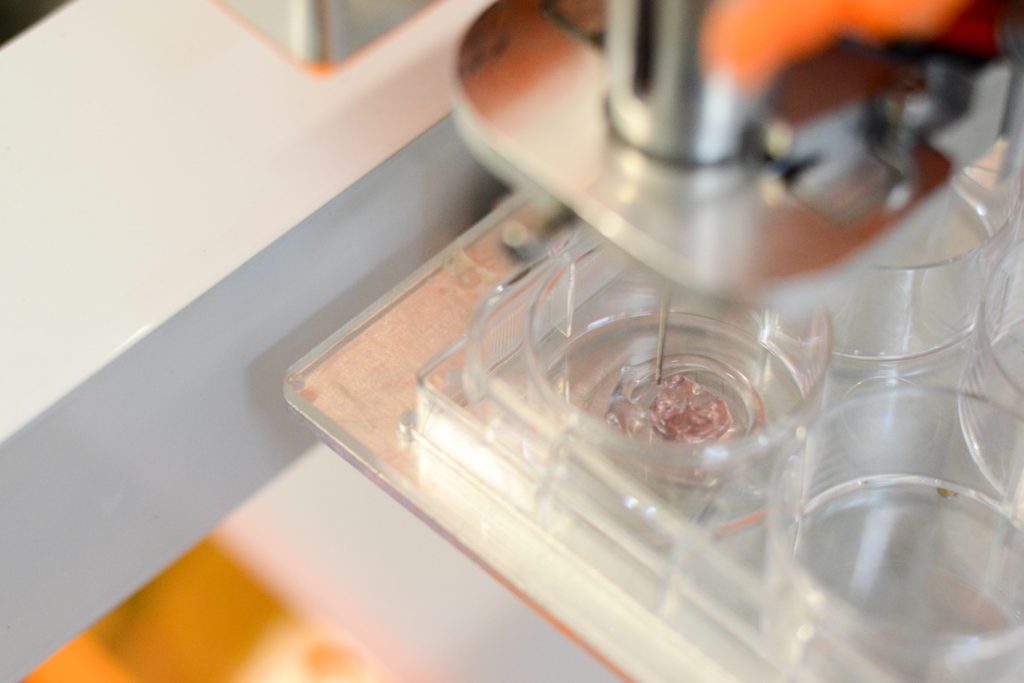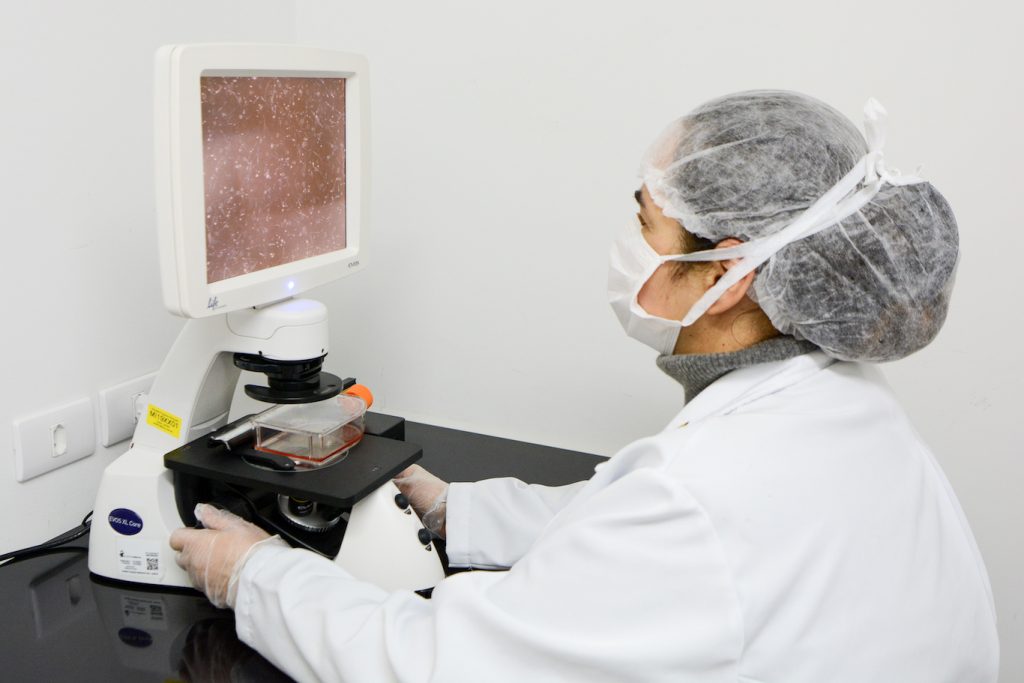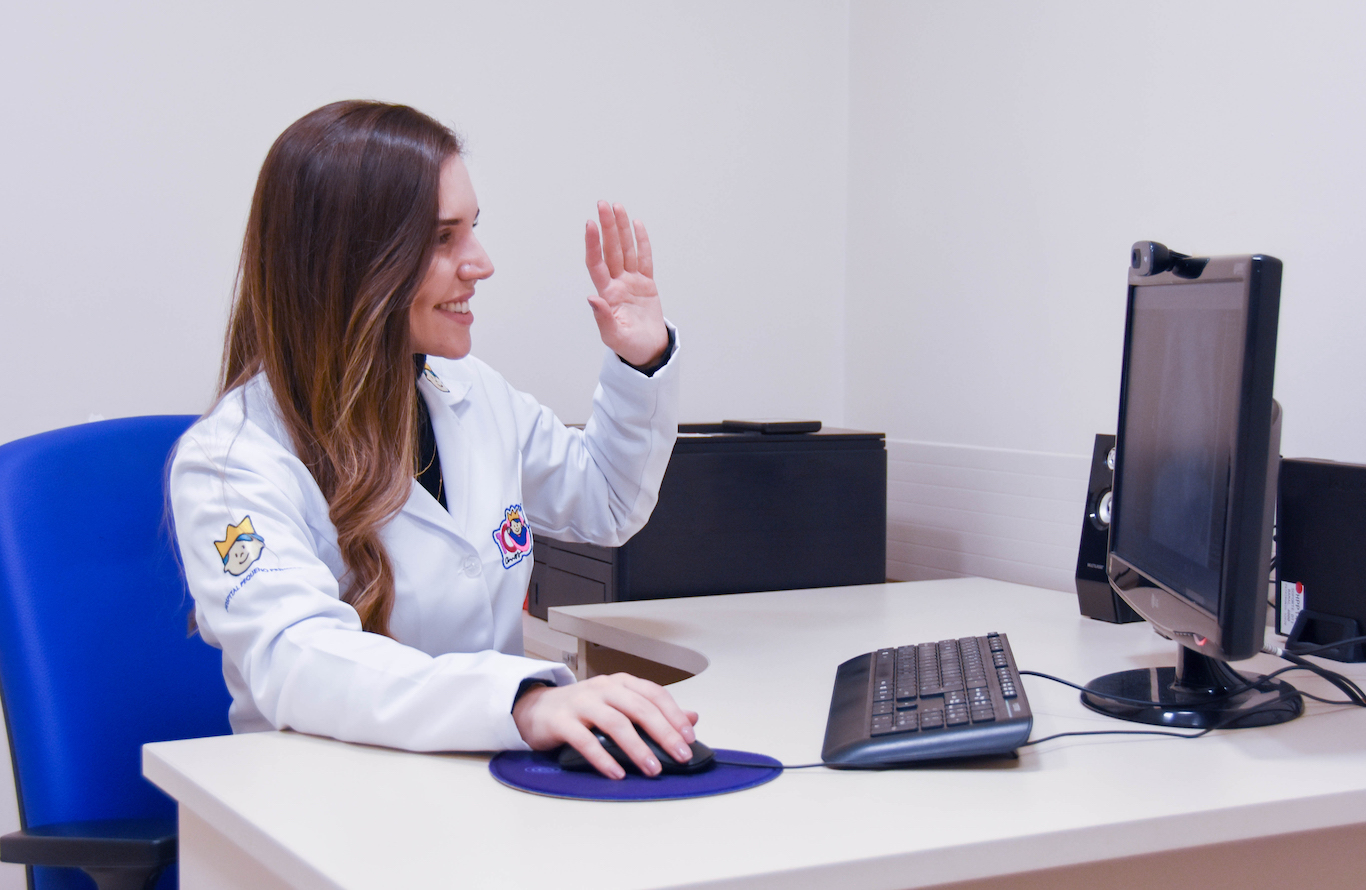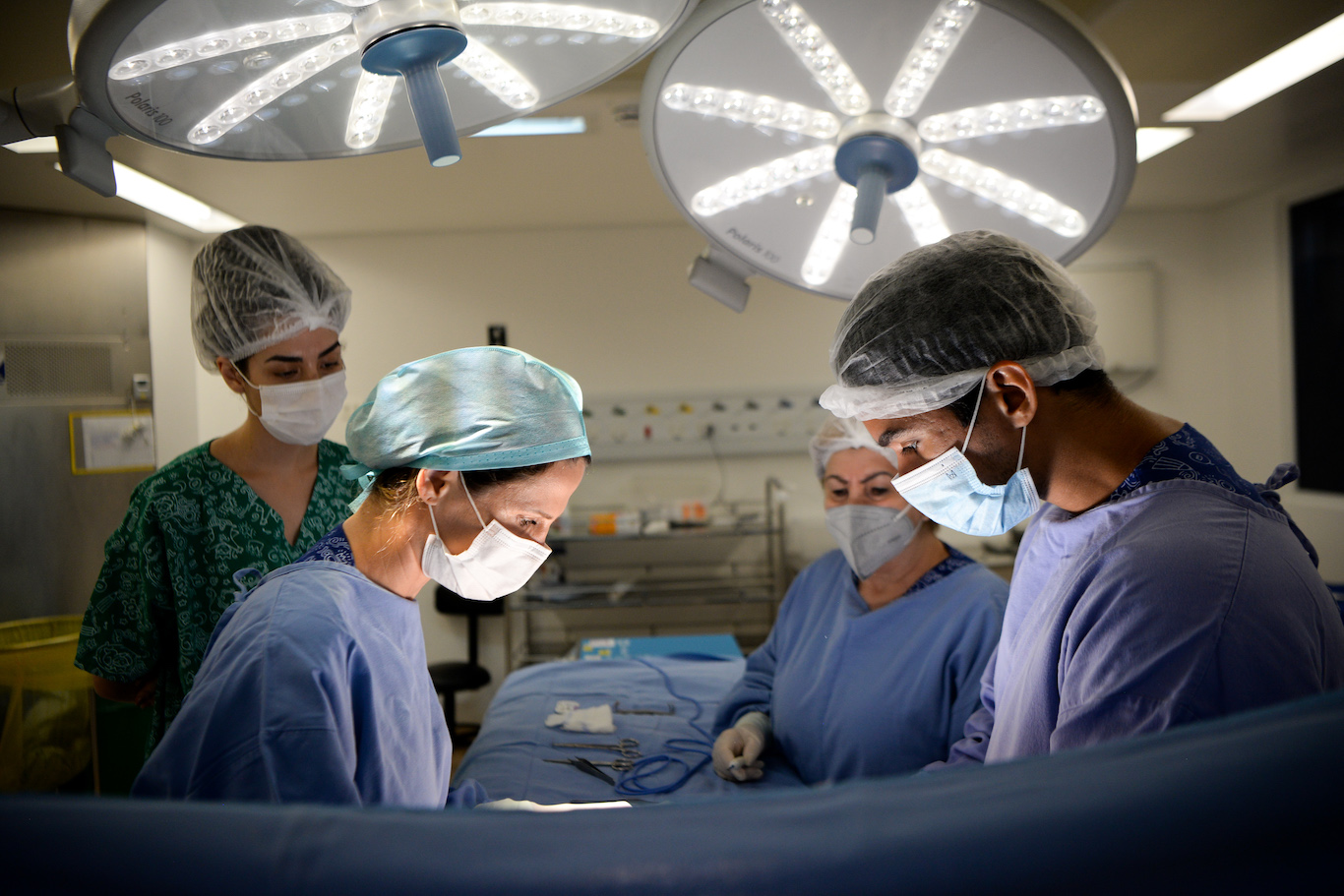Scientists develop 3D lung alveoli to test drugs
Using a bioprinter, the researchers were able to reproduce the lung structure, making the prototype suitable for testing new drugs

A group of scientists from the Pelé Pequeno Príncipe Research Institute, led by researcher Dr. Katherine Athayde Teixeira de Carvalho, is developing a 3D pulmonary alveolus that could be used in the future to test new drugs that fight lung diseases. The project is part of the master’s research by student Nádia Nascimento da Rosa, from the Pequeno Príncipe College. With drug testing in the 3D alveolus, the use of animals is minimized, in addition to obtaining a model that is closer to the similarity of the human organism.
The project emerged at the beginning of the coronavirus pandemic. “The first strains of SARS-CoV-2 affected the lungs very intensely. We then realized the need to be able to test new drugs in vitro,and it was from there that we started to study the possibility of developing the alveolus, which is a functional unit of the lung,” highlights the scientist.
She explains that, although the lung has a varied cellular composition, with more than 40 cell types, the epithelial cells are the ones that concentrate the main functions of this organ. Based on this information, the team looked for a way to develop these cells. “This was possible through the use of umbilical cord stem cells, which differentiate into lung tissue cells. In the project, we are using 14 samples of umbilical cord stem cells,” she reports.
The developed differentiated cells are then transferred in an orderly fashion to a bioprinter. “This printer allows the cells to be arranged according to the organization of the lung tissue, particularly the alveolus,” she points out.

After the tissue is bioprinted, the culture is transferred to the InCell Analyzer equipment, which allows the evaluation of cell viability. With the stratification of the tissue already established, a vascularization system is created in this tissue using epithelial cells. The histological organization of the tissue grown on the 3D printer is evaluated by immunocytochemistry to prove the characteristics of alveolar tissue, as well as scanning electron microscopy for the interaction of cells with the matrix.
“With this methodology, we were able to prove that it is possible to differentiate stem cells into pneumocytes I and II cells and print the alveoli, making our 3D model functional – it, in fact, performs gas exchange, which makes our prototype suitable for testing drugs that act on the alveoli,” she concludes.
More
Telemedicine will benefit children and adolescents from vulnerable areas
Iguape, in upstate São Paulo, and Paranaguá, on Paraná coast side, are the first cities to receive the initiative
Pequeno Príncipe is one of the hospitals that most perform surgeries on children in Brazil
There are more than a thousand surgical operations per month, performed by 51 surgeons and 15 anesthesiologists, in 16 specialties and subspecialties, ranging from simple procedures to transplants









